Cameroon’s Constitutional Council has officially declared 92-year-old Paul Biya the winner of the 2025 presidential election, extending his already record-breaking tenure.
Having led Cameroon for more than four decades, Biya’s political journey is one of remarkable longevity, resilience, and controversy. Loved by some for his steady hand and criticised by others for democratic backsliding, Biya’s leadership continues to shape Cameroon’s political landscape in profound ways.
Here are 10 interesting facts about one of Africa’s — and the world’s — most enduring political figures.
—
1. A Village Boy Who Rose to Power
Paul Biya was born on February 13, 1933, in the small village of Mvomeka’a, in southern Cameroon. His journey from a modest rural upbringing to the highest office in the land reflects both ambition and political acumen.
—
2. French Education and Political Grooming
Biya studied in France, earning degrees in law and political science. This French education helped him navigate Cameroon’s post-independence bureaucracy and strengthened his understanding of international diplomacy.
—
3. From Civil Servant to Prime Minister
Biya began his career in Cameroon’s civil service, quickly rising through the ranks. He became Prime Minister in 1975, serving under President Ahmadou Ahidjo — a role that would prepare him for the presidency.
—
4. Succeeding His Mentor
When President Ahidjo unexpectedly resigned in November 1982, Biya constitutionally succeeded him as President of Cameroon. His rise marked a peaceful transfer of power — rare in African politics at the time.
—
5. One of the World’s Longest-Serving Leaders
Since assuming office in 1982, Biya has remained in power for over 43 years, making him one of the longest-serving non-monarch leaders in the world. His political endurance has earned him comparisons with monarchs and global strongmen.
—
6. Head of the Ruling CPDM
Biya leads the Cameroon People’s Democratic Movement (CPDM), the dominant political party that has maintained control of Cameroon’s political landscape for decades through a combination of patronage, electoral victories, and centralized governance.
—
7. A Controversial Legacy
While Biya is credited with maintaining relative stability in Cameroon, his government has faced accusations of corruption, human rights abuses, and election manipulation. Critics say his leadership style leans heavily toward authoritarianism.
—
8. The 92-Year-Old Candidate
Despite his age, Biya announced his bid for another term in 2025 — his eighth. Many observers see his continued leadership as both a symbol of continuity and a sign of limited political renewal in Cameroon’s governance system.
—
9. Health and Extended Absences
Biya has often been criticised for spending long periods abroad, particularly in Switzerland and France. His prolonged absences have sparked speculation about his health and questions about who truly governs in his stead.
—
10. A Legacy Still in Motion
At 92, Paul Biya remains a central figure in African politics. To some, he is the embodiment of stability and experience; to others, he represents stagnation and the need for generational change.
His influence on Cameroon’s political, social, and diplomatic history is undeniable — for better or worse.
—
Conclusion: The Paradox of Power and Persistence
Paul Biya’s story is one of paradoxes — a leader who has guided his nation through decades of change while resisting it himself. His continued rule raises important questions about leadership renewal, democracy, and the balance between stability and transformation in Africa.
As Cameroon moves forward under his extended leadership, the world watches closely: will Biya’s final years in power mark a legacy of endurance — or the twilight of an era?
📍 Source references: Vanguard News, Britannica, DW, AP News, Al Jazeera, Reuters, and The Guardian.
📖 Follow Edutimes Africa for in-depth explainers on African leadership, governance, and history.


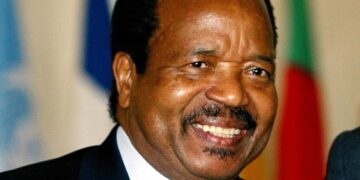





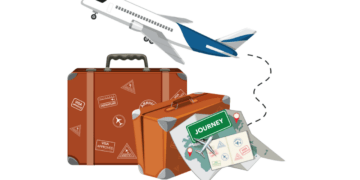
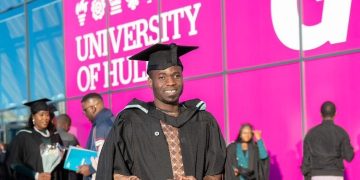

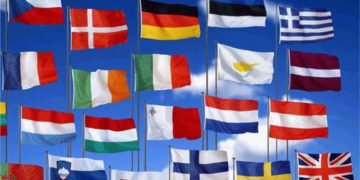
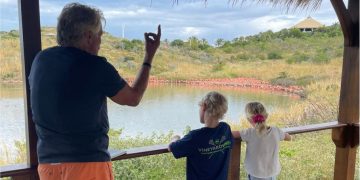


















































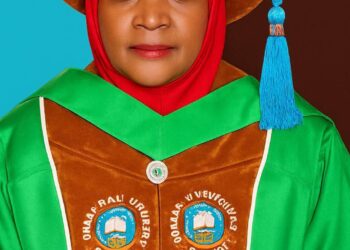
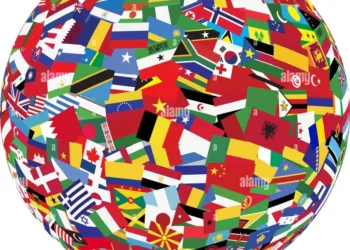













 EduTimes Africa, a product of Education Times Africa, is a magazine publication that aims to lend its support to close the yawning gap in Africa's educational development.
EduTimes Africa, a product of Education Times Africa, is a magazine publication that aims to lend its support to close the yawning gap in Africa's educational development.

